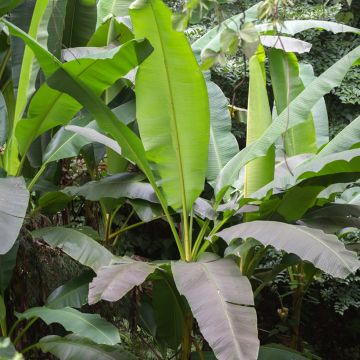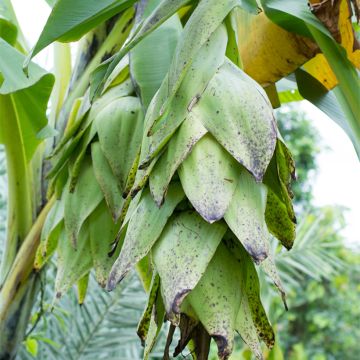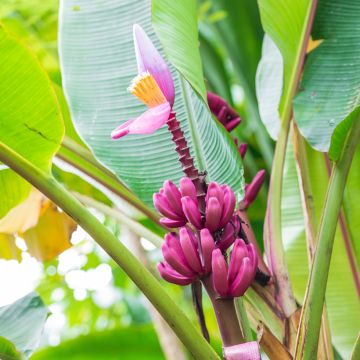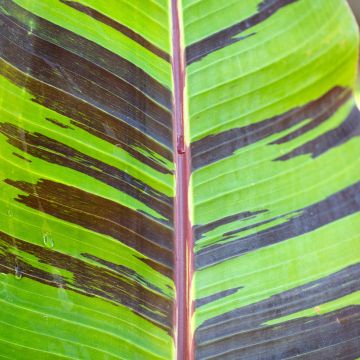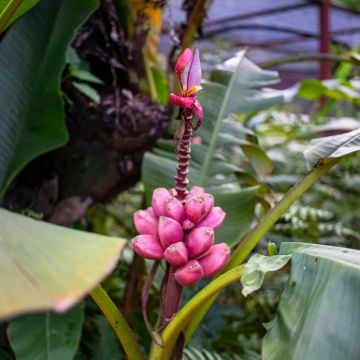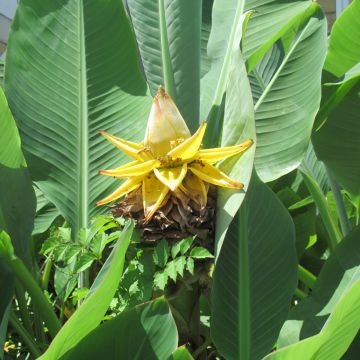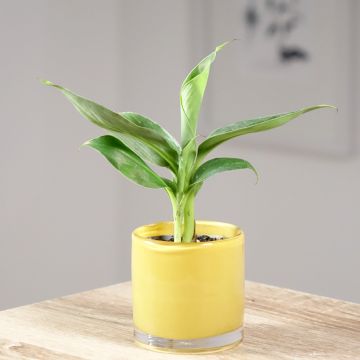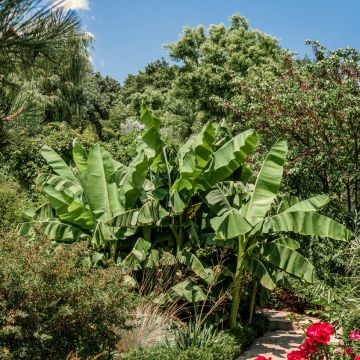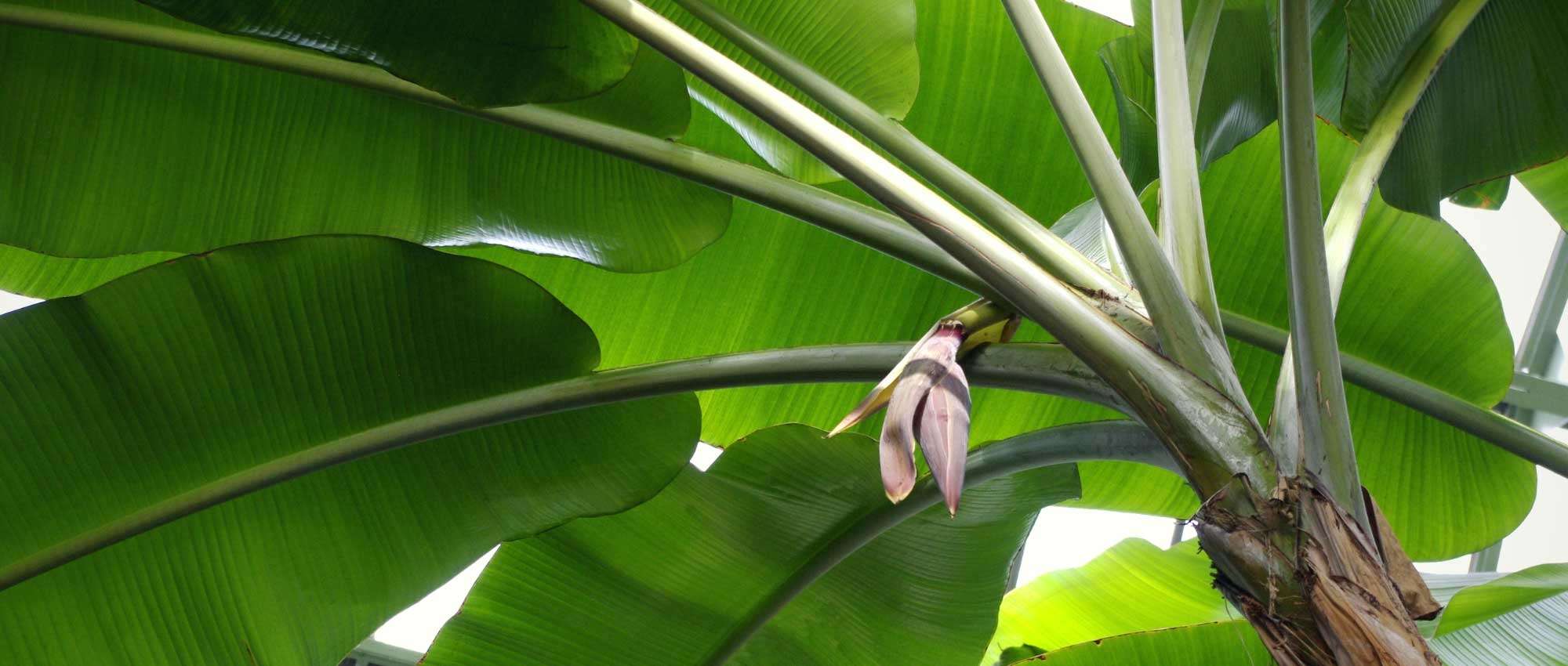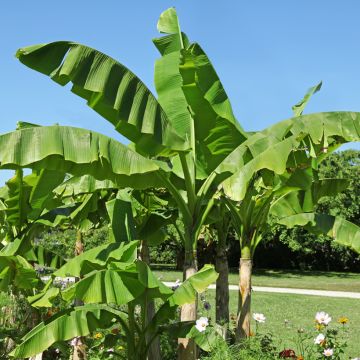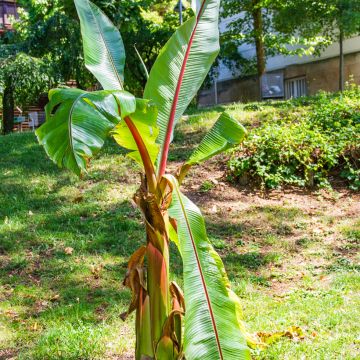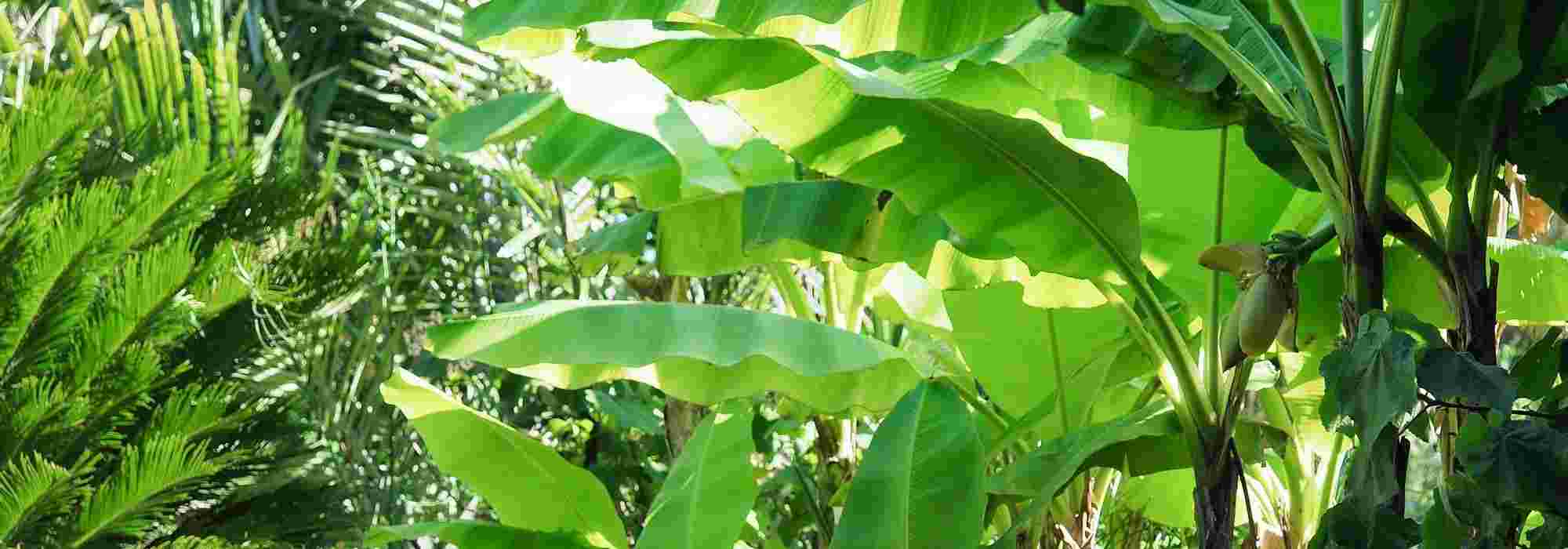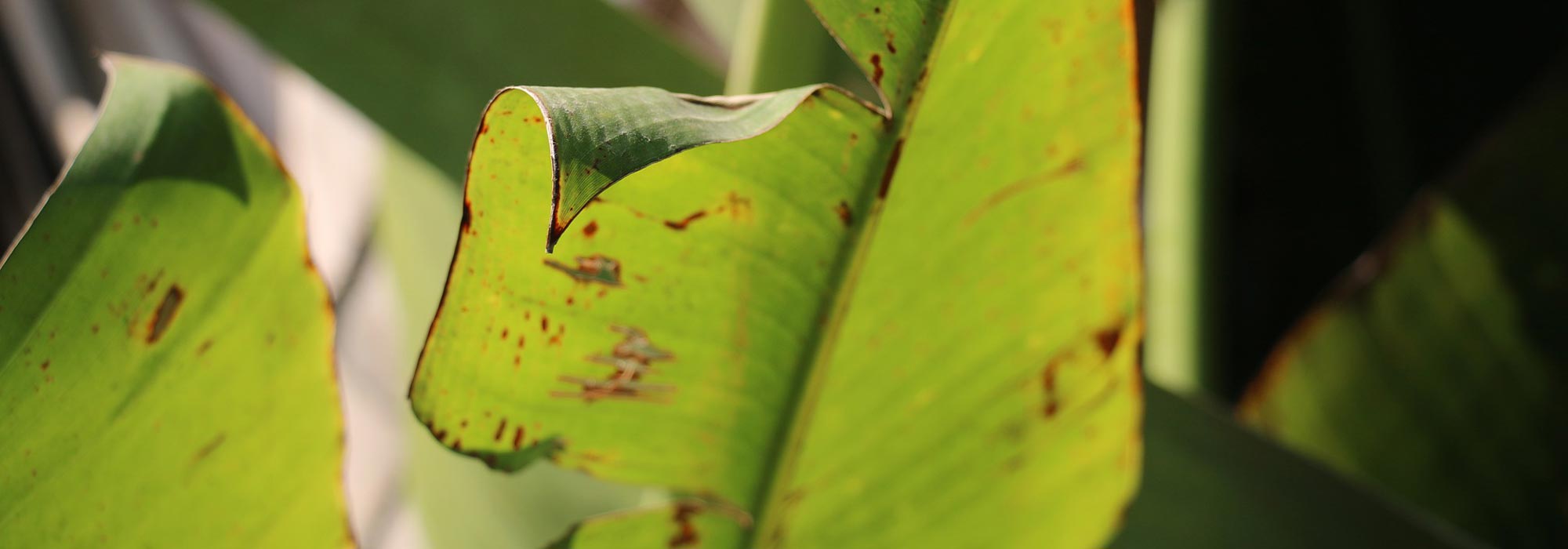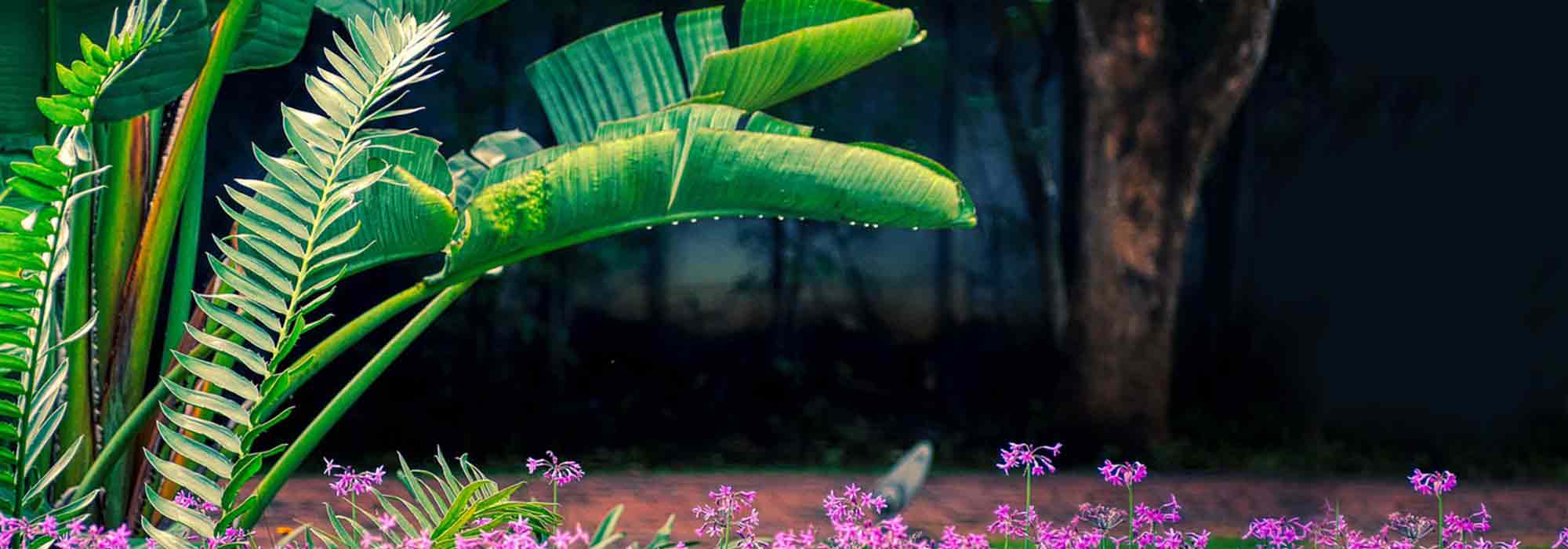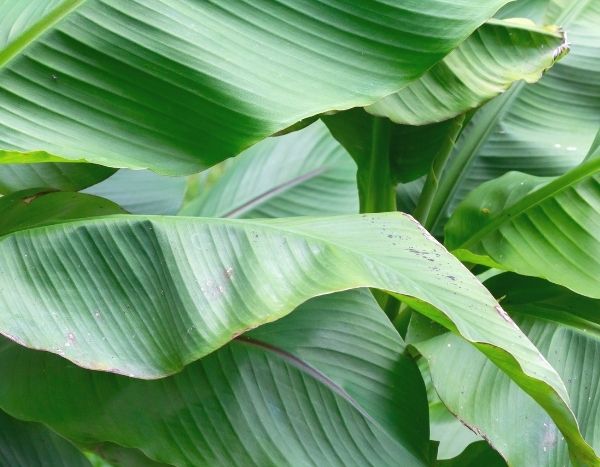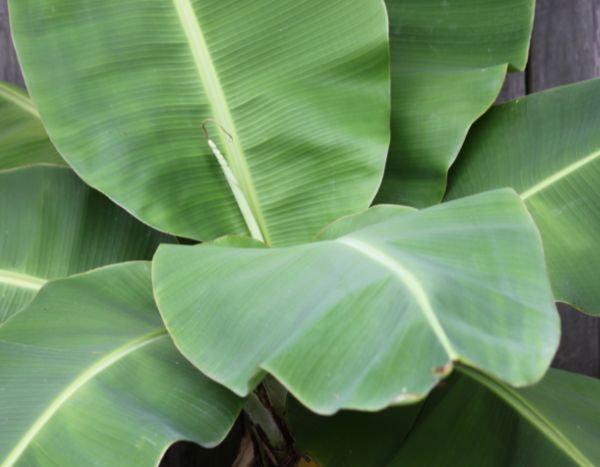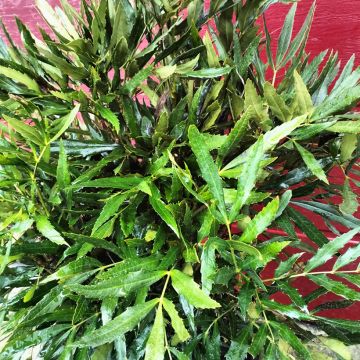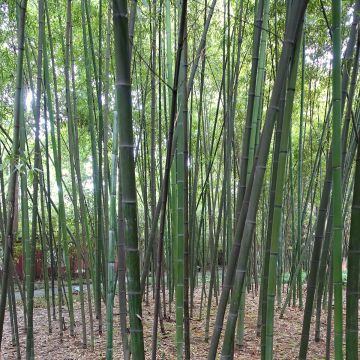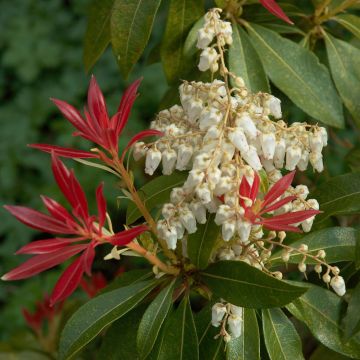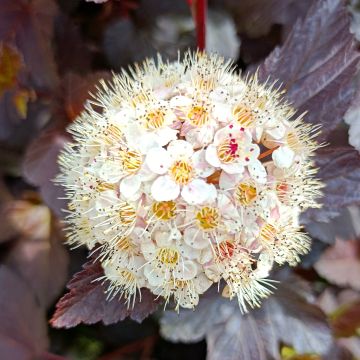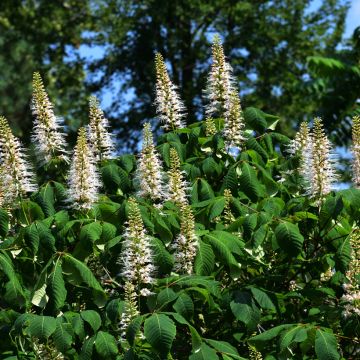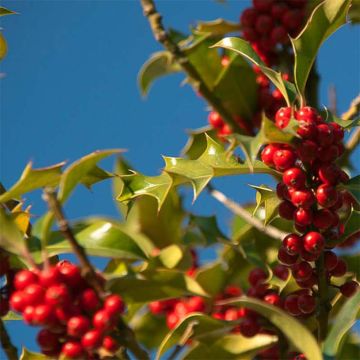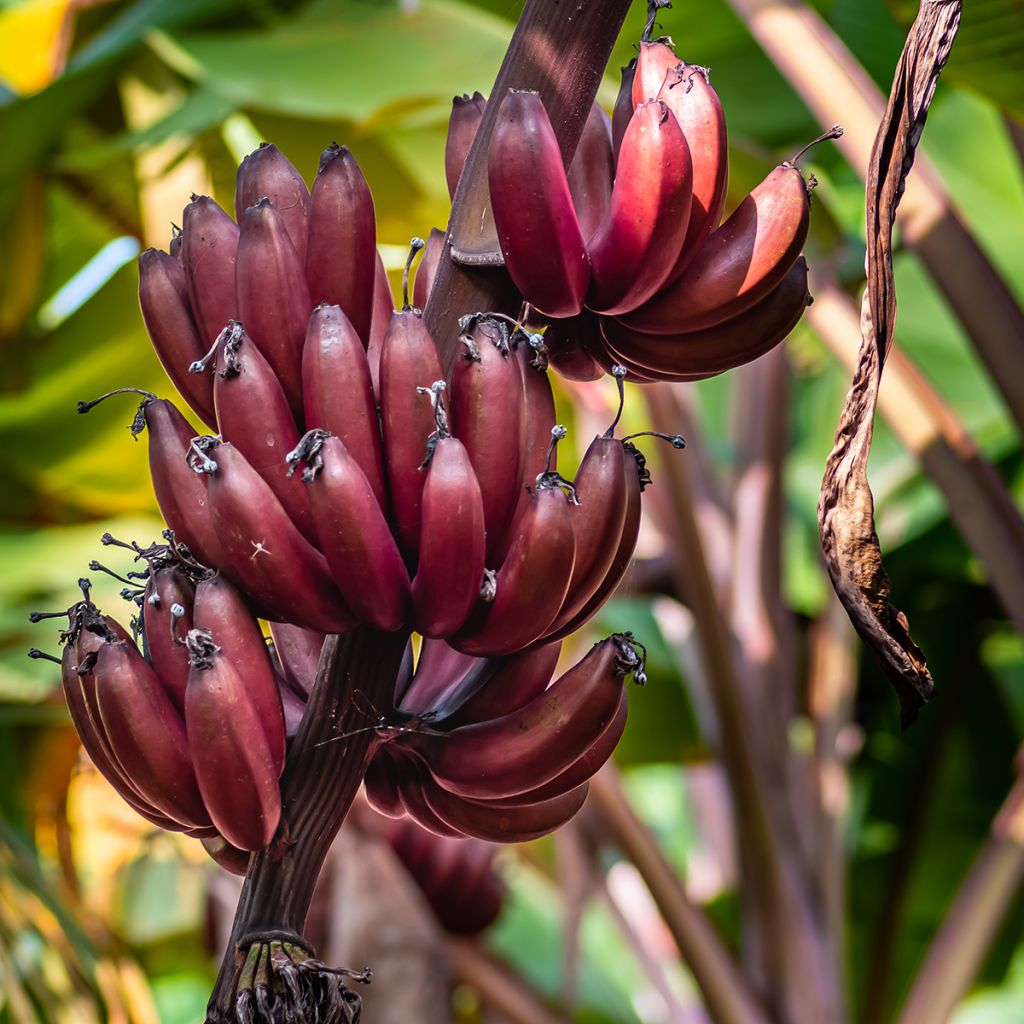

Musa acuminata Red Dacca'
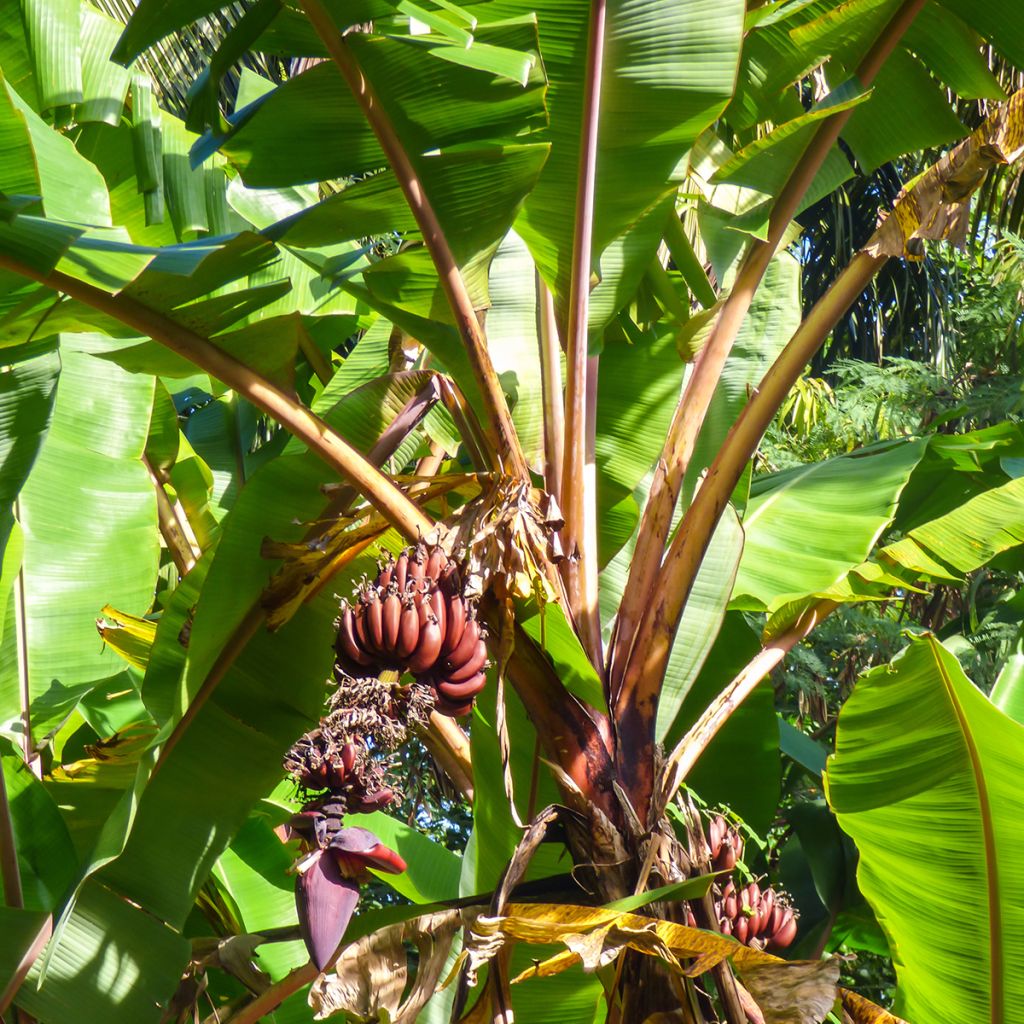

Musa acuminata Red Dacca'
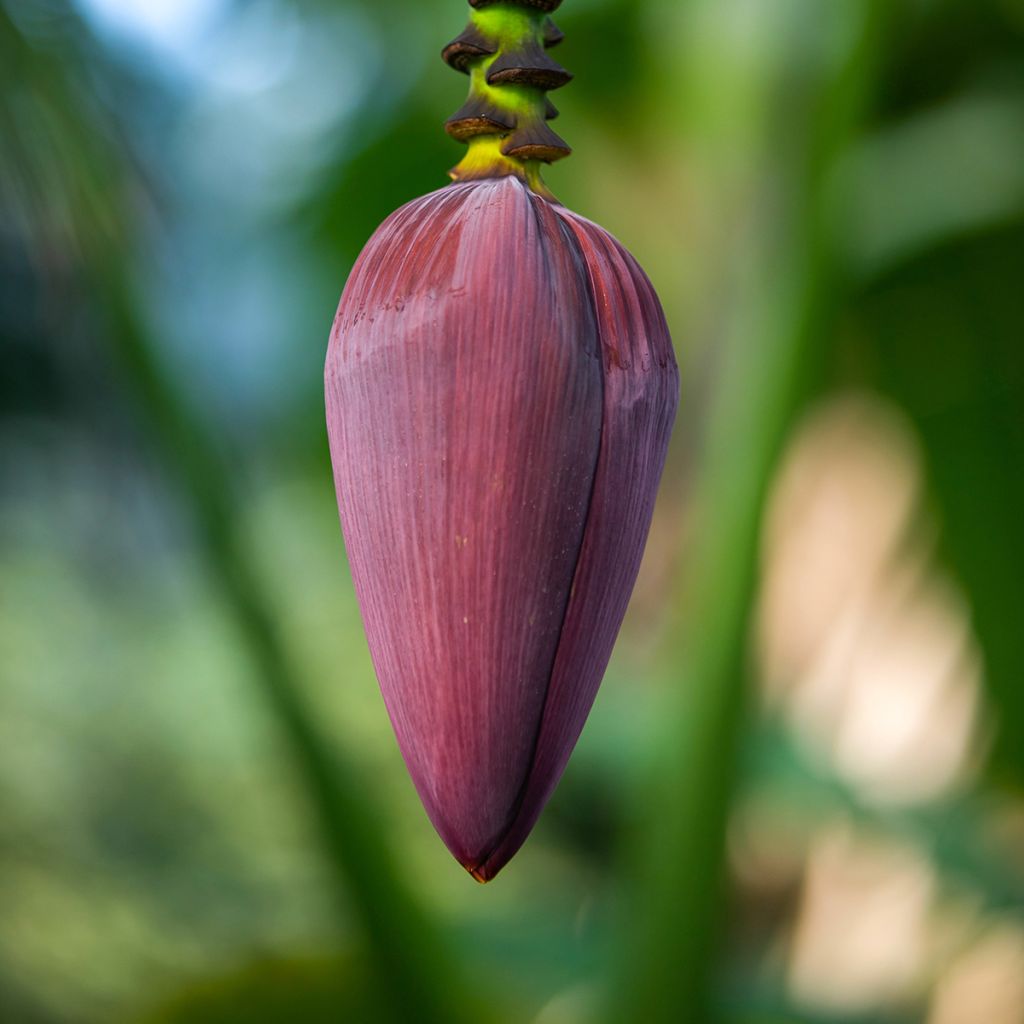

Musa acuminata Red Dacca'
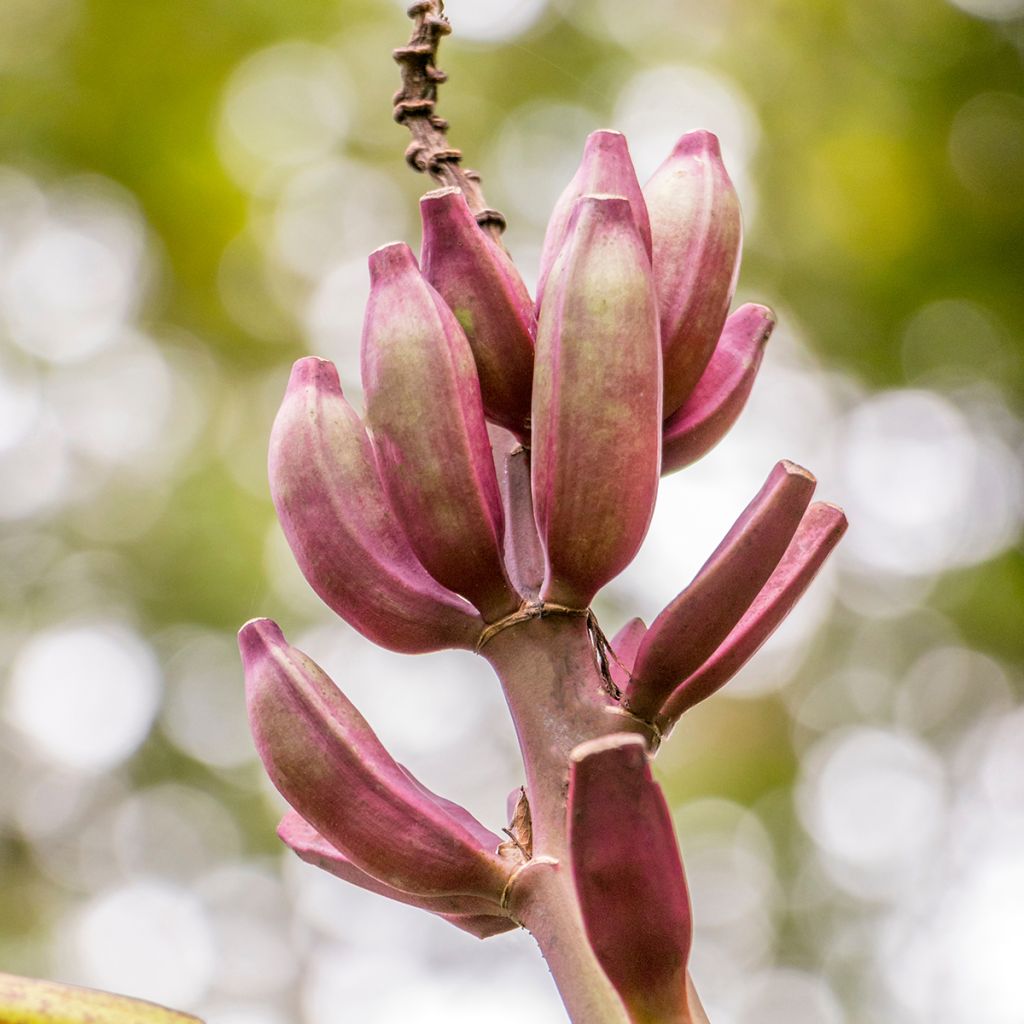

Musa acuminata Red Dacca'
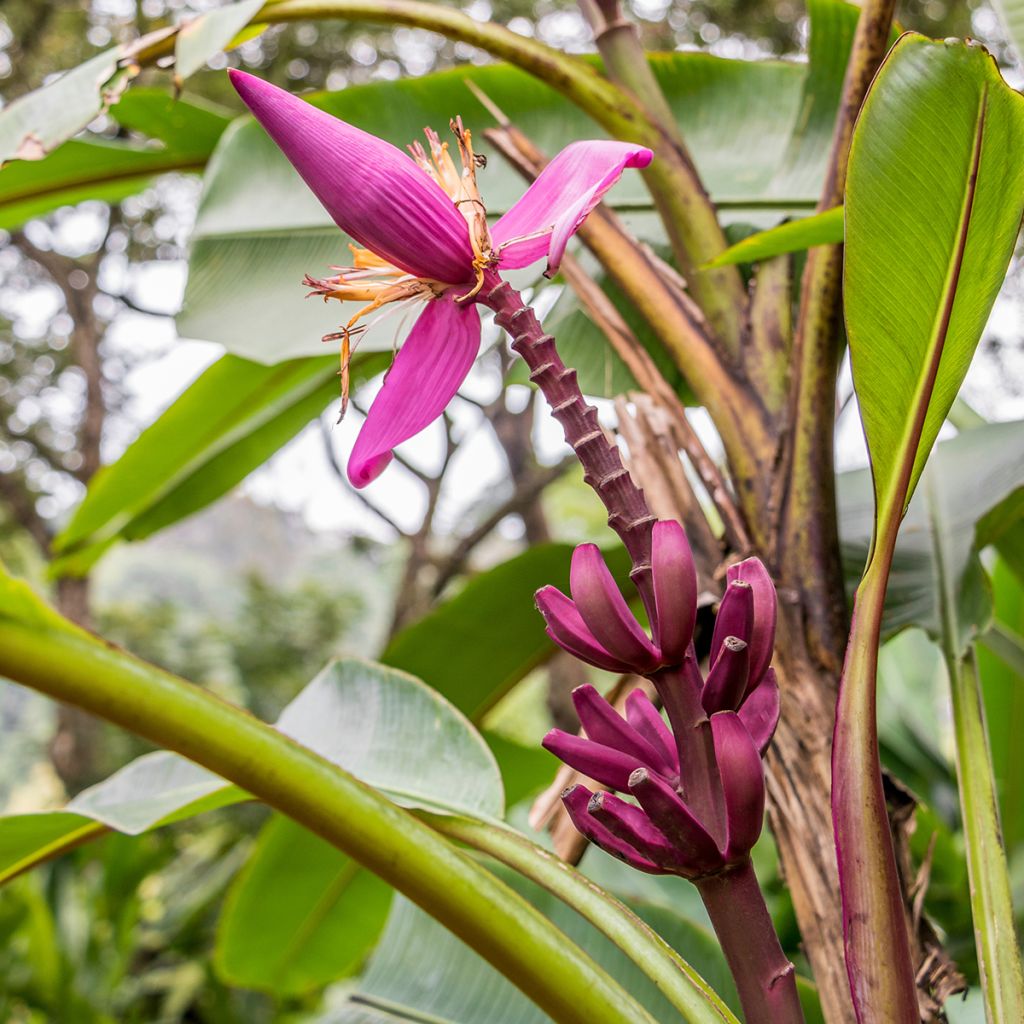

Musa acuminata Red Dacca'
Musa acuminata Red Dacca'
Musa acuminata Red Dacca
Cavendish Banana, Dwarf Banana
Special offer!
Receive a €20 voucher for any order over €90 (excluding delivery costs, credit notes, and plastic-free options)!
1- Add your favorite plants to your cart.
2- Once you have reached €90, confirm your order (you can even choose the delivery date!).
3- As soon as your order is shipped, you will receive an email containing your voucher code, valid for 3 months (90 days).
Your voucher is unique and can only be used once, for any order with a minimum value of €20, excluding delivery costs.
Can be combined with other current offers, non-divisible and non-refundable.
Why not try an alternative variety in stock?
View all →This plant carries a 6 months recovery warranty
More information
We guarantee the quality of our plants for a full growing cycle, and will replace at our expense any plant that fails to recover under normal climatic and planting conditions.
Description
The Red Banana Tree or Musa acuminata 'Red Dacca' is a beautiful fruit variety, both ornamental and unique, and rare in cultivation. It produces pink bananas that are suitable for eating, with a sweet taste and a hint of raspberry aroma. The trunk is coloured brown-red, and the leaves are broad and green. With small growth, it can be grown in a pot, indoors, in a greenhouse or conservatory, or even in the house to protect it from the cold during winter and bring it outside in the warmer season. The most important thing is that it benefits from warmth and light.
The Musa acuminata 'Red Dacca' belongs to the Musa family. It is an herbaceous plant that generally does not exceed 2m in height and 1.50m in width indoors. The Banana Tree does not have a trunk but a stipe formed by overlapping leaf sheaths. Its growth is rapid, and it is a water and nutrient-hungry plant that struggles with temperatures below 10°C and thrives in warm and humid atmospheres.
The foliage of the dwarf banana 'Red Dacca', sensitive to wind, consists of large leaves carried by a petiole. The lamina, clearly divided into two by a robust central vein, measures up to 1m in length and 40-50cm in width. Its colour is medium to dark green. This plant needs light and warmth throughout the year to flower and bear fruit. The large purple floral bud appears between the leaves during the summer at the top of the stipe. The pendulous inflorescence bears both male and female flowers. It can reach a length of 40 to 50cm. Brownish-red to purple bracts surround small cream-coloured flowers. If the plant receives enough water, warmth, and light, they are followed by the formation of bunches of bananas about 10cm long, which turn pink-brown when ripe. These fruits have all the organoleptic characteristics of commercial bananas, with an added hint of raspberry flavour.
The Red Banana Tree 'Red Dacca' can only be grown in containers or large pots in our climates. It can spend the summer outside, sheltered from the wind and intense sunlight, but must be brought indoors as soon as nighttime temperatures drop below 10°C. It makes a beautiful addition to a conservatory, heated greenhouse, or bright room. It pairs well with other exotic plants, such as the bird of paradise, Strelitzia reginae.
Like perennial plants, banana trees go dormant during winter: their above-ground parts dry up and die. Our teams prune plants shipped in winter to the ground (leaves and stems) to allow for better growth in spring.
Plant habit
Fruit
Flowering
Foliage
Botanical data
Musa
acuminata
Red Dacca
Musaceae
Cavendish Banana, Dwarf Banana
Musa x sapientum var. suaveolens, Musa chinensis, Musa nana, Musa sinensis, Musa cavendishii
Cultivar or hybrid
Other Musa - Banana tree
View all →Planting and care
In our latitudes, the 'Red Dacca' red banana tree is grown in a large pot or container, indoors, in a conservatory or a hot greenhouse. It does not tolerate temperatures below 10°C well. Ideally, it should be provided with 15°C in winter and a not-too-dry atmosphere. It can be taken out on the terrace or in the garden from May or June until the end of the beginning of September. It is a demanding plant that requires a rich and consistently moist soil. Still, it does not tolerate stagnant water: do not place a saucer under the pot (or empty it systematically) and create a drainage layer (clay balls, pumice, pottery shards) at the bottom of the container, which will be pierced at the bottom to let the water drain.
Plant it in a growing medium of 30% compost, 20% well-rotted manure, 20% river sand, 10% perlite, and 20% garden soil. Provide a pot of at least 30 litres for an adult banana tree. In winter, it should receive maximum sunlight. Avoid excessively hot exposures in summer, especially when you have just taken it outside, to avoid damaging its foliage. Do not hesitate to spray its foliage during very hot weather.
We recommend watering it twice a week in summer and once in winter when the top centimetre of soil is dry. Regularly spray the foliage in winter to counteract the dryness of the ambient air (especially indoors). Give your banana tree universal fertilizer diluted in the watering water every week in summer.
Planting period
Intended location
Care
Planting & care advice
This item has not been reviewed yet - be the first to leave a review about it.
Similar products
Haven't found what you were looking for?
Hardiness is the lowest winter temperature a plant can endure without suffering serious damage or even dying. However, hardiness is affected by location (a sheltered area, such as a patio), protection (winter cover) and soil type (hardiness is improved by well-drained soil).

Photo Sharing Terms & Conditions
In order to encourage gardeners to interact and share their experiences, Promesse de fleurs offers various media enabling content to be uploaded onto its Site - in particular via the ‘Photo sharing’ module.
The User agrees to refrain from:
- Posting any content that is illegal, prejudicial, insulting, racist, inciteful to hatred, revisionist, contrary to public decency, that infringes on privacy or on the privacy rights of third parties, in particular the publicity rights of persons and goods, intellectual property rights, or the right to privacy.
- Submitting content on behalf of a third party;
- Impersonate the identity of a third party and/or publish any personal information about a third party;
In general, the User undertakes to refrain from any unethical behaviour.
All Content (in particular text, comments, files, images, photos, videos, creative works, etc.), which may be subject to property or intellectual property rights, image or other private rights, shall remain the property of the User, subject to the limited rights granted by the terms of the licence granted by Promesse de fleurs as stated below. Users are at liberty to publish or not to publish such Content on the Site, notably via the ‘Photo Sharing’ facility, and accept that this Content shall be made public and freely accessible, notably on the Internet.
Users further acknowledge, undertake to have ,and guarantee that they hold all necessary rights and permissions to publish such material on the Site, in particular with regard to the legislation in force pertaining to any privacy, property, intellectual property, image, or contractual rights, or rights of any other nature. By publishing such Content on the Site, Users acknowledge accepting full liability as publishers of the Content within the meaning of the law, and grant Promesse de fleurs, free of charge, an inclusive, worldwide licence for the said Content for the entire duration of its publication, including all reproduction, representation, up/downloading, displaying, performing, transmission, and storage rights.
Users also grant permission for their name to be linked to the Content and accept that this link may not always be made available.
By engaging in posting material, Users consent to their Content becoming automatically accessible on the Internet, in particular on other sites and/or blogs and/or web pages of the Promesse de fleurs site, including in particular social pages and the Promesse de fleurs catalogue.
Users may secure the removal of entrusted content free of charge by issuing a simple request via our contact form.
The flowering period indicated on our website applies to countries and regions located in USDA zone 8 (France, the United Kingdom, Ireland, the Netherlands, etc.)
It will vary according to where you live:
- In zones 9 to 10 (Italy, Spain, Greece, etc.), flowering will occur about 2 to 4 weeks earlier.
- In zones 6 to 7 (Germany, Poland, Slovenia, and lower mountainous regions), flowering will be delayed by 2 to 3 weeks.
- In zone 5 (Central Europe, Scandinavia), blooming will be delayed by 3 to 5 weeks.
In temperate climates, pruning of spring-flowering shrubs (forsythia, spireas, etc.) should be done just after flowering.
Pruning of summer-flowering shrubs (Indian Lilac, Perovskia, etc.) can be done in winter or spring.
In cold regions as well as with frost-sensitive plants, avoid pruning too early when severe frosts may still occur.
The planting period indicated on our website applies to countries and regions located in USDA zone 8 (France, United Kingdom, Ireland, Netherlands).
It will vary according to where you live:
- In Mediterranean zones (Marseille, Madrid, Milan, etc.), autumn and winter are the best planting periods.
- In continental zones (Strasbourg, Munich, Vienna, etc.), delay planting by 2 to 3 weeks in spring and bring it forward by 2 to 4 weeks in autumn.
- In mountainous regions (the Alps, Pyrenees, Carpathians, etc.), it is best to plant in late spring (May-June) or late summer (August-September).
The harvesting period indicated on our website applies to countries and regions in USDA zone 8 (France, England, Ireland, the Netherlands).
In colder areas (Scandinavia, Poland, Austria...) fruit and vegetable harvests are likely to be delayed by 3-4 weeks.
In warmer areas (Italy, Spain, Greece, etc.), harvesting will probably take place earlier, depending on weather conditions.
The sowing periods indicated on our website apply to countries and regions within USDA Zone 8 (France, UK, Ireland, Netherlands).
In colder areas (Scandinavia, Poland, Austria...), delay any outdoor sowing by 3-4 weeks, or sow under glass.
In warmer climes (Italy, Spain, Greece, etc.), bring outdoor sowing forward by a few weeks.































